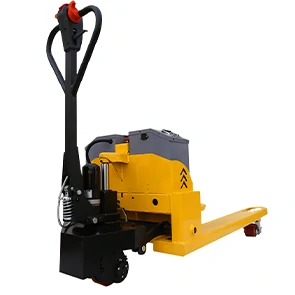


Chain Block Design An Overview of Its Principles and Applications
The concept of chain block design has gained significant attention in various fields, particularly in mechanical engineering, industrial design, and construction. Chains and blocks are fundamental components used in many applications, from lifting heavy loads to creating complex machinery systems. Understanding the principles behind chain block design is essential for engineers and designers aiming to improve efficiency, safety, and functionality in material handling and load management.
At its core, chain block design revolves around a simple yet effective mechanism the use of a chain looped over a block or pulley. This design allows for the efficient transfer of force and the multiplication of lifting capacity. The basic components of a chain block include the chain, the block, the hook, and the load. By pulling down on the chain, the load attached to the block can be lifted, with the mechanical advantage depending on the number of links and the configuration of the chain.
One of the primary considerations in chain block design is the material selection. The chain and block must be made from durable, high-strength materials that can withstand the forces exerted during lifting operations. Common materials include steel and alloy composites, known for their resistance to wear, corrosion, and deformation. Advanced manufacturing techniques, such as heat treatment and surface coating, are often employed to enhance the material properties, ensuring longevity and reliability in demanding environments.
Another critical aspect of chain block design is the safety factor
. Given the potential hazards associated with lifting heavy loads, engineers must design chain block systems with an ample safety margin. This involves analyzing the maximum load capacity and incorporating additional features such as overload protection, automatic braking mechanisms, and regular maintenance schedules. Safety features not only protect the equipment but also enhance operator confidence, thus reducing the risk of accidents in industrial settings.
Efficiency is also a key consideration in chain block design. The mechanical advantage distributed through the block should minimize the effort required by the operator. This can be achieved by optimizing the geometry of the pulleys and the configuration of the chain. For instance, using a block with multiple pulleys can significantly reduce the amount of force needed to lift a load, making it easier for operators to handle heavy items without compromising safety.
The versatility of chain block design allows for a wide range of applications across various industries. In construction, chain blocks are commonly used to lift materials such as steel beams and concrete panels. In manufacturing, they facilitate the assembly of large machines and components. Additionally, chain blocks are utilized in the shipping industry to load and unload cargo containers, demonstrating their importance in logistics and supply chain management.
Moreover, the advent of automation and smart technology has further enhanced chain block design. Modern chain blocks may incorporate electronic controls, sensors, and telemetry systems that monitor load weight, operational parameters, and maintenance needs. These advancements not only improve the efficiency of lifting operations but also provide valuable data for predictive maintenance, reducing downtime and extending the lifespan of the equipment.
In conclusion, chain block design is a fundamental aspect of mechanical engineering that combines principles of physics, material science, and safety engineering. By understanding the intricacies of chain block systems, engineers and designers can create efficient, safe, and versatile solutions for lifting and moving heavy loads. As industries continue to evolve and technology advances, the importance of effective chain block design will only grow, paving the way for safer and more efficient operations across various sectors.
In summary, the sophisticated yet straightforward nature of chain block design exemplifies the benefits of applying engineering principles to real-world challenges, enhancing productivity and safety in operations where heavy lifting is a necessity. As we move forward, embracing innovative approaches and materials will be crucial for the future development and application of chain blocks in diverse industries.



